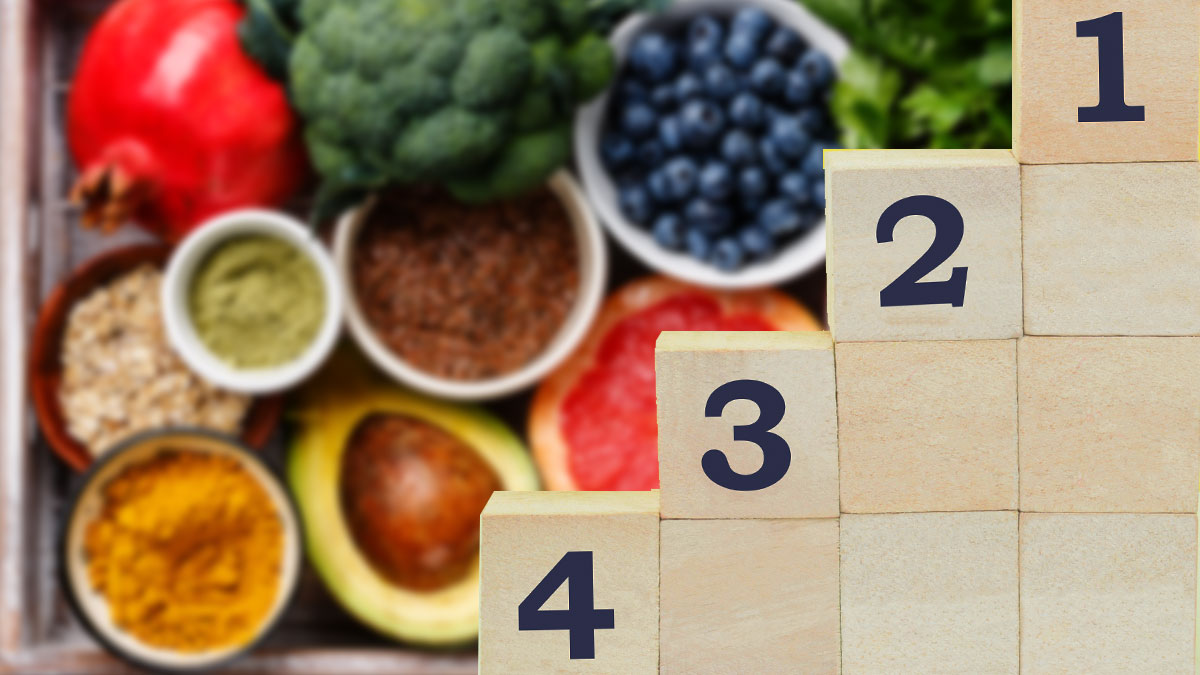Top 4 Advantages LC/MS/MS Brings to Testing Food for Pesticides
Organic farming began as a countercultural movement in the U.S. in the 1960s. As the public became more aware of the negative effects of pesticides, demand for organic food increased.1
According to the Organic Trade Association’s latest Organic Industry Survey, between 2020 and 2021, organic sales surpassed $63 billion, with $1.4 billion (2% total growth) over the year. Food sales, which comprise over 90% of organic sales, rose to $57.5 billion.2
Pew Research found that among the reasons for the increased demand for organic produce there are concerns about the effects of pesticides.3 The EPA has set tolerances, which are the maximum amount of a pesticide allowed to remain in or on a food, as part of the process of regulating pesticides.4 International regulatory agencies have also placed emphasis on the control of pesticides and have defined regulatory maximum residue limits (MRLs).5
Liquid chromatography with tandem mass spectrometry (LC/MS/MS) responds to the need for pesticide residue analysis resulting in methods that produce more reliable data to support food safety monitoring programs. Gas chromatography (GC) and/or liquid chromatography (LC) are analytical techniques used to determine pesticide residues. However, mass spectrometry (MS) is a more efficient analytical technique for testing pesticide residue in food for several reasons.
As the demand and low-level legislation for pesticide residue analysis increase, labs require the utmost efficiency in all aspects of analysis. LC/MS/MS responds to the need for pesticide residue analysis resulting in methods that produce more reliable data to support food safety monitoring programs.
4 Key Advantages of Using LC/MS/MS for Pesticide Residue Analysis
1: Sensitivity
As reported by the World Health Organization, over 1,000 pesticides are used worldwide to ensure food is not damaged or destroyed by pests. Each pesticide has different properties and toxicological effects.6
Regulations are extensive: the European Commission specifies MRLs of pesticide residue that is legally permitted in or on food. The aim of MRLs is to maintain pesticide residues at a low level. For example, pesticide residues in certain types of food are required to be as low as under 10 µg/kg.7
Mass spectrometry combined with gas chromatography (GC/MS) has traditionally been used for its speed, sensitivity, and ability to detect numerous compounds in a single run. However, the growing list of regulated pesticides as well as the trend towards lower MRLs means that GC/MS is less suitable because of its limited application to volatile molecules, as well as its requirement for larger sample sizes.
Food testing laboratories are increasingly switching to LC/MS/MS and electrospray ionization (ESI) due to its high sensitivity and specificity. This method allows more accurate pesticide detection, supporting compliance with existing regulations.
2: Selectivity
LC/MS/MS allows multiple pesticide residues to be screened simultaneously, even in challenging food matrices. LC/MS/MS also allows the highly accurate identification of pesticide residues through a selection of specific multiple reaction monitoring (MRM) transitions for each compound, resulting in very high selectivity. High-performance mass filters are essential to provide high resolution without sacrificing transmission, resulting in better selectivity with no compromise in sensitivity.
3: Specificity
LC/MS/MS applications for the analysis of pesticide residues are performed with two different ionization techniques: ESI and atmospheric pressure chemical ionization (APCI).
PerkinElmer QSight® LC/MS/MS is equipped with two independent probes, both ESI and APCI, allowing automated probe switching. This dual-source technology eliminates probe re-optimization due to method changes, improving productivity and throughput-enabling greater specificity.
4: Efficiency
Labs must comply with pesticide residue regulations and ensure their operations deliver strong ROI and become more efficient by reducing analysis time while increasing instrument uptime.
- The QSight LC/MS/MS dual-source technology, ESI or APCI, provides the capability to analyze a broad range of both polar and nonpolar molecules. For pesticides applications, GC-MSMS, and LC-MSMS amenable compounds can be analyzed on the QSight LC/MS/MS alone, reducing analysis time.
- Maintenance of lab equipment is another task that takes time and can slow a lab down. QSight LC/MS/MS features StayClean™ technology, a hot-surface-induced desolvation (HSID™) system which is estimated to provide 15% higher uptime than conventional LC/MS/MS systems.
- The QSight HSID interface is coupled to a Laminar flow ion guide™, both of which prevent accumulation of contamination along the ion path, eliminating sample preparation (dilute-and-shoot technique) for trace level pesticide analysis in complex samples – which leads to higher lab productivity.
- The QuEChERS (quick, easy, cheap, effective, rugged, and safe) method is a new approach to sample prep. This method extracts a wide range of pesticides from different food matrices with high water content. This basic two-step process eliminates complex liquid extraction methods and extends the range of recovered pesticides. Coupling the QuEChERS sample preparation method with LC/MS/MS enhances lab productivity and improves accuracy.
Register now for our Analytical Solutions for LC/MS/MS Pesticides Analysis webinar to learn more.
NOTES
- Allen, Gary J.; Albala, Ken, eds. (2007). The Business of Food: Encyclopedia of the Food and Drink Industries. ABC-CLIO. p. 288. ISBN 978-0-313-33725-3.
- https://www.ota.com/news/press-releases/22284
- https://www.pewresearch.org/science/2016/12/01/americans-views-about-and-consumption-of-organic-foods/#:~:text=The%20Pew%20Research%20Center%20survey,was%20to%20get%20healthier%20foods
- https://www.epa.gov/pesticide-tolerances
- https://www.pewresearch.org/science/2016/12/01/americans-views-about-and-consumption-of-organic-foods/#:~:text=The%20Pew%20Research%20Center%20survey,was%20to%20get%20healthier%20foods
- https://www.who.int/news-room/fact-sheets/detail/pesticide-residues-in-food
- https://www.intechopen.com/chapters/38063

